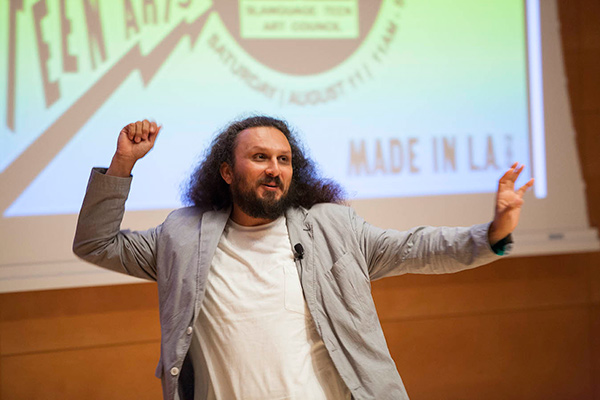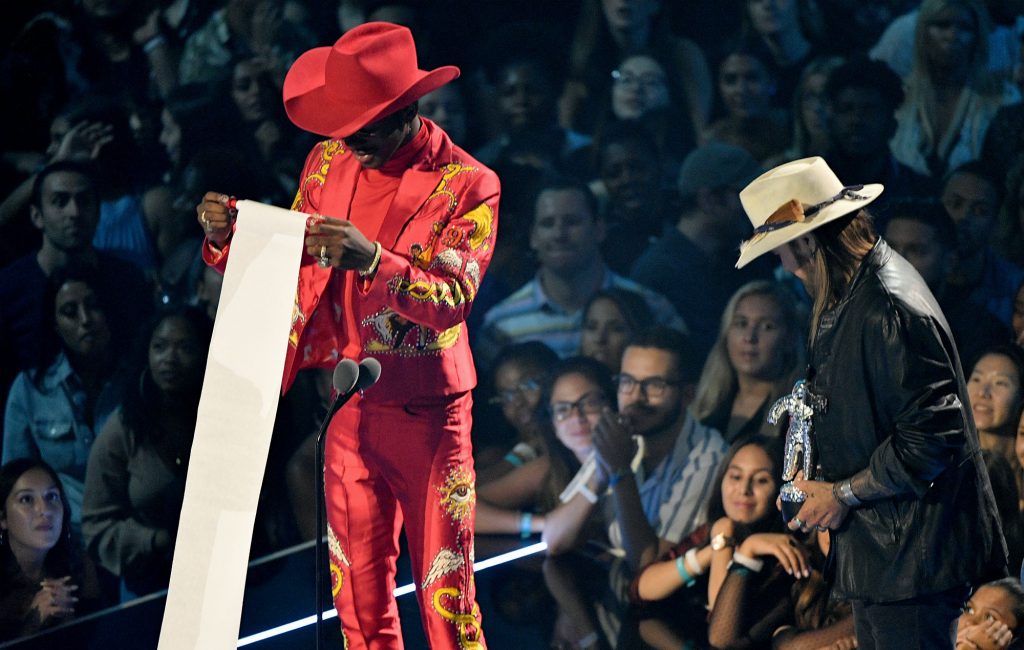
Visionary Writing Techniques #11
By John Onorato
We all want our readers to feel excited when they start reading our essays. And if not actually excited, we at least want them feeling interested.
But how do we ‘make’ our reader be interested in what we’ve poured our efforts into?
We do that by grabbing their attention with a good “hook.”
A hook is a bit of writing at the top of your essay. Also known as the introduction, a hook is meant to engage a reader’s curiosity.
As writers, we want our readers to read our pieces all the way through. We want them to wonder what happens next. And the best way to do that is with a good hook.
There are several different types of hooks. They are:
- Quotation Hook
- Description Hook
- Story Hook (a favorite of mine)
- Metaphor or Simile Hook
- Facts and Statistics Hook
- Declaration Hook
- Interesting Question Hook (another favorite of mine)
Quotation Hooks
Some of you are using quotations already. This is awesome!
With this kind of hook, you draw your reader in with a quotation. It can be from someone famous or well-known, but it doesn’t have to be. Just be sure to attribute the quote — tell us who said it, even if it was you.
You can quote anyone, so long as it connects with the rest of your piece.
Do this:
“It will be done with you when you are done with it.” — Jonathan England
Not this:
“When you’re done with something, it’ll be done with you.” — Some guy I know
Descriptive Hooks
Use a vivid description to pull readers into your writing. Good descriptive hooks make readers want to know what comes next.
Writing an essay about Ego? Hook us with your description of how you’ve fought your own Ego. Writing about Integrity? Hook us with a description of how Integrity shows up in your own life.
Story Hook
Stories draw readers in. Humans are natural storytellers — all of us are! — and we love reading and hearing the stories of others. How did they surmount that Ego challenge? How did they offer Acknowledgement to other people? How did this writer display Integrity?
Readers love memorable, well-written stories. Just be sure the story you tell is related to the topic at hand.
This type of hook is typically a bit longer than other kinds of hooks, but can be even more effective when used well.
Metaphor and Simile Hooks
I love metaphors and similes. They get readers to think about the topic in a different way, not the “usual way.” Your readers will wonder what you mean, and how you can compare this thing to this topic, even when it seems unconnected.
A quick review: Metaphors compare two seemingly unrelated things to one another. One example is “Jonathan is a shining light.”
Of course, he’s not really a light. He doesn’t have a filament growing out of his head. But he acts like one.
Two things about similes:
- they use the words ‘like’ or ‘as’ to connect the parts
- they are typically not as strong as metaphors
The above statement can be rephrased as a simile: “Jonathan is like a shining light.”
Facts and Statistics Hooks
Here in the Visionary Program, most of what we deal with is highly subjective. Thus, Facts and Statistics type of hooks might well be wildly inappropriate. Still, they do offer objective information about a topic, and readers love that. So you can still conceivably use this type of hook.
All you have to do is provide facts that are interesting, reliable, and accurate. Make sure your source is credible, too — not just something you read one time here on Facebook or saw on YouTube.
Strong Statement Hook
Also known as the Declaration Hook, this kind asserts a claim about your topic. It shows the overall importance of what you’re about to say.
It doesn’t matter how your reader might feel about your statement. What they’re interested in is reading how you support that statement.
One example of this kind of hook is “Ego has been the bane of my existence for 48 years of my life.”
Ego might have played a similar role in your life, or you might have it well under control. Either way, the bold statement piques your curiosity about what the writer might say next.
The Question Hook
People are curious. Inquisitive. We love reading questions, and finding out the answers even more. If you ask a question, that spurs the reader on. They’ll try to find the answer to the question you ask later on in your text.
Just be sure to ask questions which relate to your topic. Asking unrelated questions only serves to confuse the reader. Was this essay about Acknowledgement? Then why did the writer ask a question about Ego?
Conclusion
These are not the only types of hooks. These are not the only ways to draw readers in. Yet they are some of the more effective ways. I know that if I was reading essays, I would like being “hooked” by one of these methods.
Let’s get out there and hook our readers! Let’s get folks to read our words like the professionals we are!






